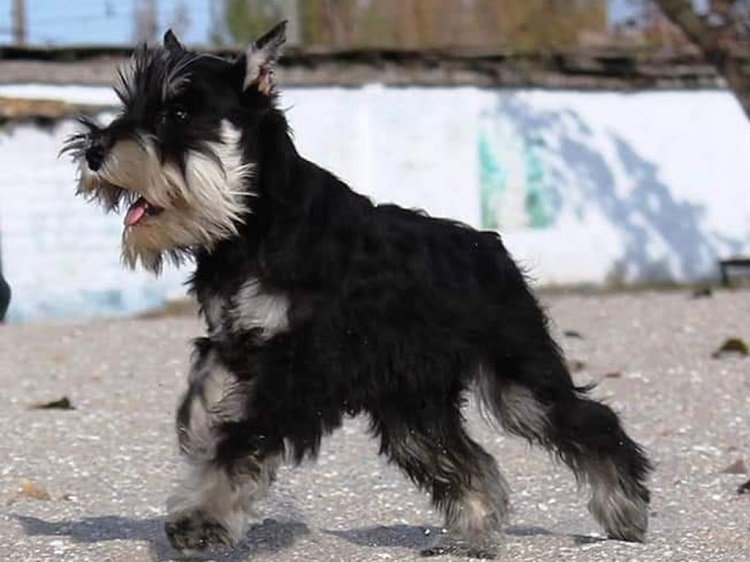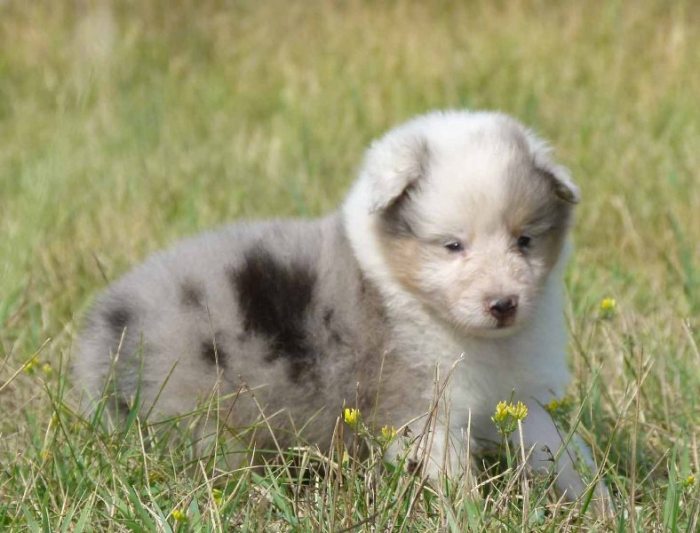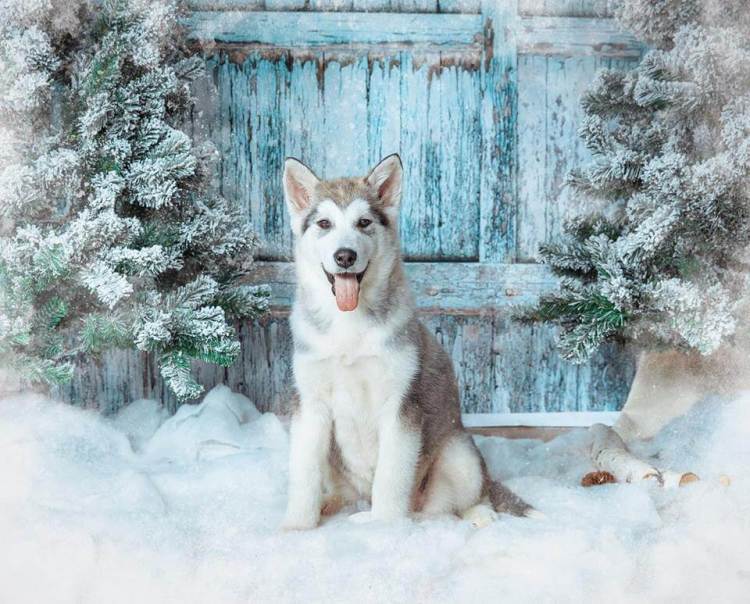The 12 Longest Living Dog Breeds

One of the biggest misfortunes of being a pet owner is that we can’t grow old with our furry companion. The fact that they age seven dog years for every human year just seems unfair.
This is all the more reason to cherish your furry friend while it’s around. There are, however, several dog species that live a few years longer than the typical expected canine life expectancy.
The following longest living dog breed list outlines the species with the best longevity.
We would like to stress, of course, that this won’t prevent the inevitable, but it’ll at least give you a few extra years before the time comes for your buddy to enter the pearly gates of doggy heaven.
1. Yorkshire Terrier

Smaller dog breeds are known for their longer lifespan, and the Yorkshire Terrier is no exception.
Despite being pampered today as a miniature companion, the terrier was originally bred in the regions of Yorkshire and Lancashire to sniff out and kill rats.
The Yorkie has an estimated lifespan of 14 to 16 years.
2. Chihuahua

The Chihuahua compensates for its small size in its longevity.
It is generally regarded as the longest living breed of dog with a lifespan ranging from 15 to 20 years.
Owners can certainly expect many wonderful years together with their toy-sized companion.
Keep in mind, however, that Chihuahuas vary in size, and the smaller ones do not necessarily live longer
In fact, the opposite is true; those that are undersized are often runts of the litter and may have genetic defects that shorten its lifespan.
3. Dachshund

The Dachshund is known for its short legs and long body. It’s also known for its relatively long lifespan.
Most live anywhere from 12 to 17 years, though one pet owner claimed his Dachshund lived for 31 years.
Though unverified, if true, this would make the dog the oldest known canine ever. The Dachshund is also often nicknamed the wiener dog because its body resembles that of a hot dog.
4. Lhasa Apso

The Lhasa Apso is often bred as a show dog with origins in the Himalayan Mountains. It’s known for its aloof and mild temperament.
Its average lifespan generally ranges from 12 to 15, though a select few have been known to live to over 20 years of age.
5 Maltese

Today, owners that adopt a Maltese can expect 15 to 18 years of joy condensed in a miniature furry package.
If they adopt a female, then they can expect slightly more time as female Maltese tend to outlive their male counterparts by about a year.
6. Miniature Schnauzer

While they have an impressive average lifespan of 14 years, the breed is prone to pancreatitis, which is caused by high levels of fat in the blood.
If you want your Schnauzer to reach its maximum lifespan, be especially careful with its diet.
7. Beagles

Beagles are curious creatures that love to explore and play. The breed is also quite vocal and has a 12 to 14 year lifespan.
- The longest living dog on record, in fact, was a Beagle, Dachshund, and terrier mix that lived for 29 years and 282 days. Its name was Max, and it is listed by Guinness World Records as the official oldest known dog.
8. Pug

With its bulging eyes and flat snout, a Pug has an awkward but adorable face that just makes you want to hug and squeeze the living daylights out of it.
With a lifespan of up to 15 years, you can expect a long and loving relationship with your miniature companion.
Pugs, however, are also big eaters and are vulnerable to weight gain, which can make it vulnerable to diabetes and other conditions that could reduce its lifespan.
9. Labrador Retriever

The Labrador Retriever is one of the longest living dog breeds that come in a large package.
It can generally live for up to 12 years, so not as long as some of its smaller breed counterparts, but above average for a large canine breed.
With its loyal demeanor and eagerness to please its master, the owner is sure to enjoy every one of those years.
10. Shetland Sheepdog

The Shetland Sheepdog was used as herders in the Shetland Islands of Scotland. Classified as a medium sized canine breed, they are one of the few species outside the small breed category with a reasonably long lifespan.
It can generally live for up to 14 years.
However, the breed is known to be prone to teeth infections; if untreated, the infection can lead to kidney failure and cause premature death.
11. Shih Tzu

The Shih Tzu was a favorite in noble households in China during the Ming Dynasty in the 1300s to 1600s. They were eventually introduced to the west in the 20th century and have since become a favorite for their charm.
The Shih Tzu generally lives for up to 11 to 14 years.
While that is not as long as some of the other smaller dog breeds, they are known for having minimal health problems, which means they seldom die prematurely.
12. Alaskan Malamute

Often mistaken for the Siberian Husky, the Alaskan Malamute is bred for having strong endurance and hauling heavy loads.
Like the Labrador Retriever, they are one of the few large dog breeds with a longer than average lifespan and can generally live for 13 to 16 years.
With early socialization, this breed can quickly become a loyal and obedient companion.
Quality not Quantity...
While a dog’s lifespan seems unfairly short, from the canines’ perspective, it’s all about living for the moment.
The longest living dog breeds, though, will give you a few additional years so you can make the most out of the moments with your four legged companion before its life cycle comes to a natural end.
Facts and Figures....
The average life span of a dog is 13-15 years. Here are some of the factors that a dog's life span depends on:
1) Smaller dogs typically live 1.5 times longer than larger dogs. 2) The diet - A healthy diet with proper nutrition makes a difference. There is insufficient evidence showing that either a purely vegetarian or non vegetarian diet has a significant effect. Vets are unanimous however, in recommending a balanced diet. 3) The Genes - Certain dogs like the Miniature Poodle have longer life spans. 4) Spayed or neutered dogs tend to live slightly longer as well. 5) Female dogs seem to once again (Just like in humans) have a life span advantage over their male counterparts.